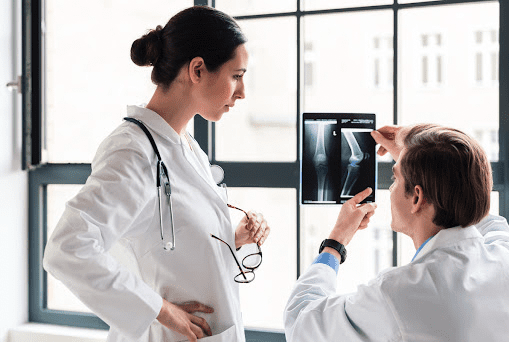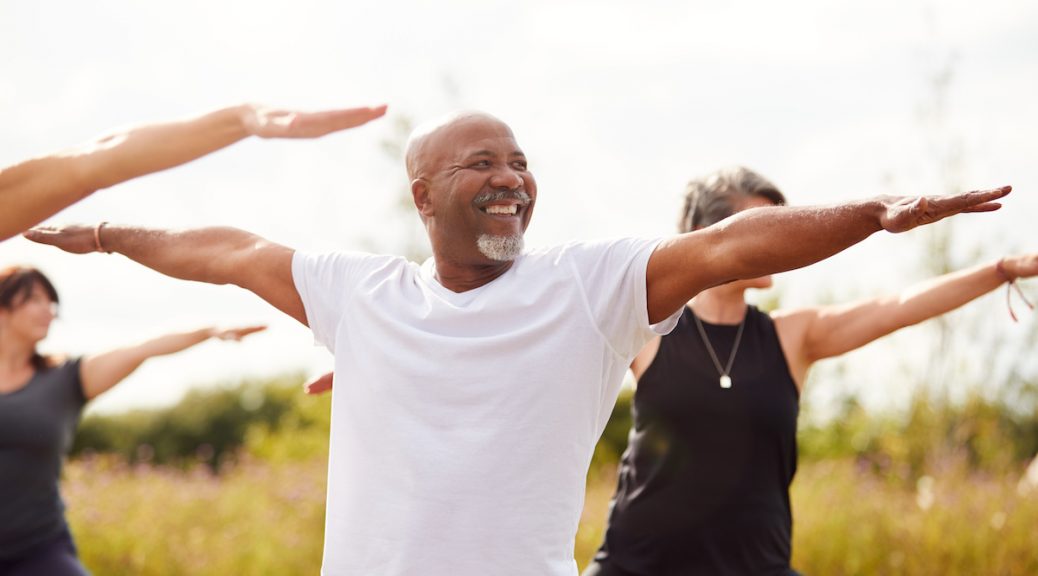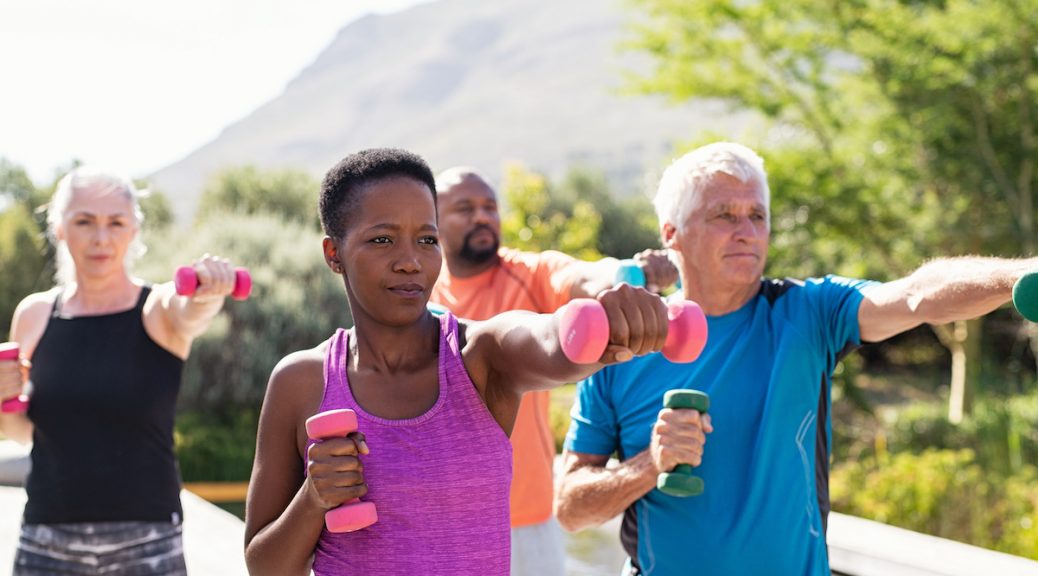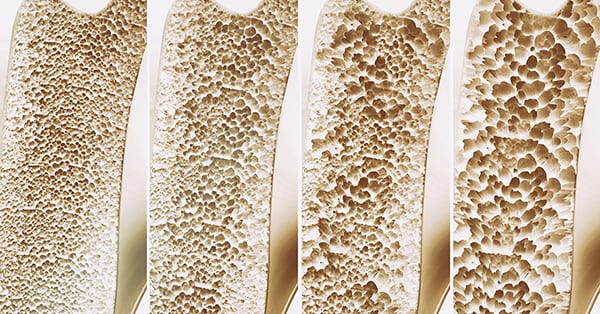Eating disorders, characterized by unhealthy relationships with food and body image, not only affect an individual’s mental and physical well-being but can also lead to severe long-term health consequences. Among the various physical complications associated with eating disorders, osteoporosis emerges as a silent yet significant threat.
Eating Disorders And Osteoporosis
Dealing with an eating disorder is no small feat. When your mind is constantly focused on body image, there is often little room left for the thought of bone health. Understanding the intricate connection between eating disorders, specifically anorexia nervosa, and osteoporosis, is crucial for both healthcare professionals and individuals seeking recovery. Paris Orthopedics is here to explain the connection between these two disorders and ways to seek care,
1. The Impact of Nutrient Deficiency
According to the National Library of Medicine, anorexia nervosa (AN) affects 2.9 million people, many of whom experience bone loss and increased fracture risk. Eating disorders such as anorexia nervosa and bulimia nervosa often involve severe calorie restriction, excessive exercise, and purging behaviors. These patterns can lead to nutrient deficiencies, including insufficient intake of calcium, vitamin D, and other essential nutrients crucial for maintaining bone health. Prolonged nutrient deficiencies can compromise the body’s ability to build and maintain strong, healthy bones.
2. Hormonal Imbalances and Bone Density
Chronic malnutrition associated with eating disorders disrupts hormonal balance in the body. In particular, disruptions to hormones like estrogen and testosterone, which play a crucial role in maintaining bone density, can occur. Estrogen, in particular, is essential for promoting the absorption of calcium and other minerals vital for bone strength. Hormonal imbalances resulting from eating disorders contribute to a reduction in bone density, making individuals more susceptible to osteoporosis.
3. Menstrual Irregularities and Bone Health
Women with eating disorders often experience menstrual irregularities, including amenorrhea (absence of menstruation). This disruption in the menstrual cycle is closely linked to hormonal imbalances and has direct implications for bone health. Amenorrhea, especially when coupled with low estrogen levels, accelerates bone loss and increases the risk of osteoporosis. It is a red flag that requires immediate attention and intervention.
4. Impact On Bone Mass Acquisition During Adolescence
Adolescence is a critical period for bone mass acquisition. Eating disorders that begin during these formative years can have lasting consequences on bone health. Poor nutritional intake and hormonal imbalances during adolescence can impair the development of peak bone mass, leaving individuals more vulnerable to osteoporosis later in life.
5. The Role of Purging Behaviors
Bulimia nervosa, characterized by episodes of binge eating followed by purging, poses additional risks to bone health. Frequent vomiting associated with purging leads to the loss of stomach acid, which is essential for calcium absorption. The repeated cycles of purging can contribute to calcium depletion, among other deficiencies, further compromising bone density and increasing the likelihood of osteoporosis.
6. Recovery And Bone Health
Anorexia is associated with a threefold increase in the lifetime risk of a bone break. Up to 57% of women with anorexia break at least one bone during life. Fortunately, with proper treatment and recovery from eating disorders, individuals can take steps to mitigate the impact on bone health. Nutritionists and healthcare professionals play an important role in developing well-balanced meal plans that address nutrient deficiencies.
The prevalence of osteoporosis in relation to eating disorders is important to understand, even if bone health is not at the top of mind. By addressing both the mental and physical aspects of conditions such as anorexia nervosa and bulimia nervosa, it is possible to promote recovery and minimize the risk of osteoporosis. At Paris Orthopedics and Sports Medicine, we understand how important bone health is and are here to answer any questions you may have. Check out our website or contact us at (903) 737-0000.









